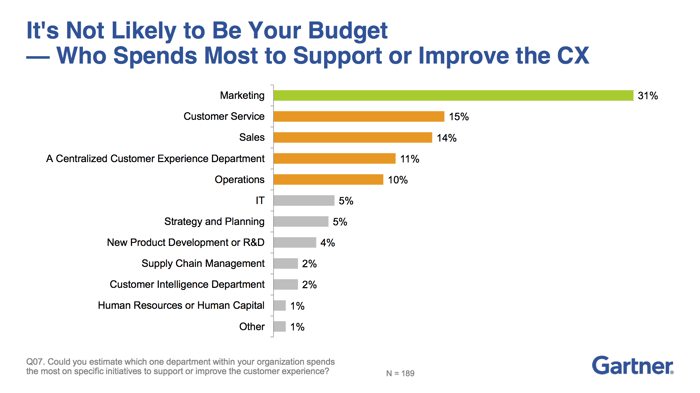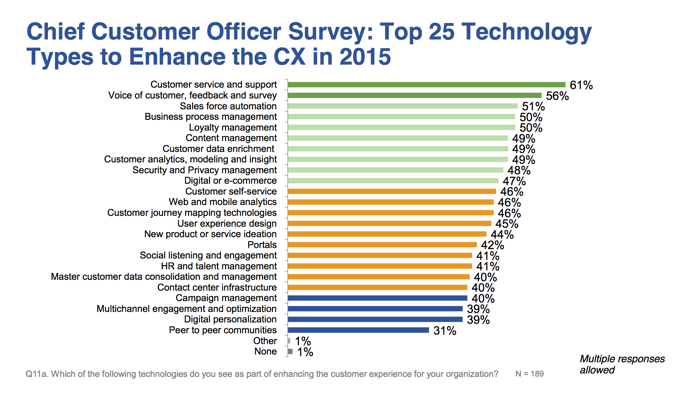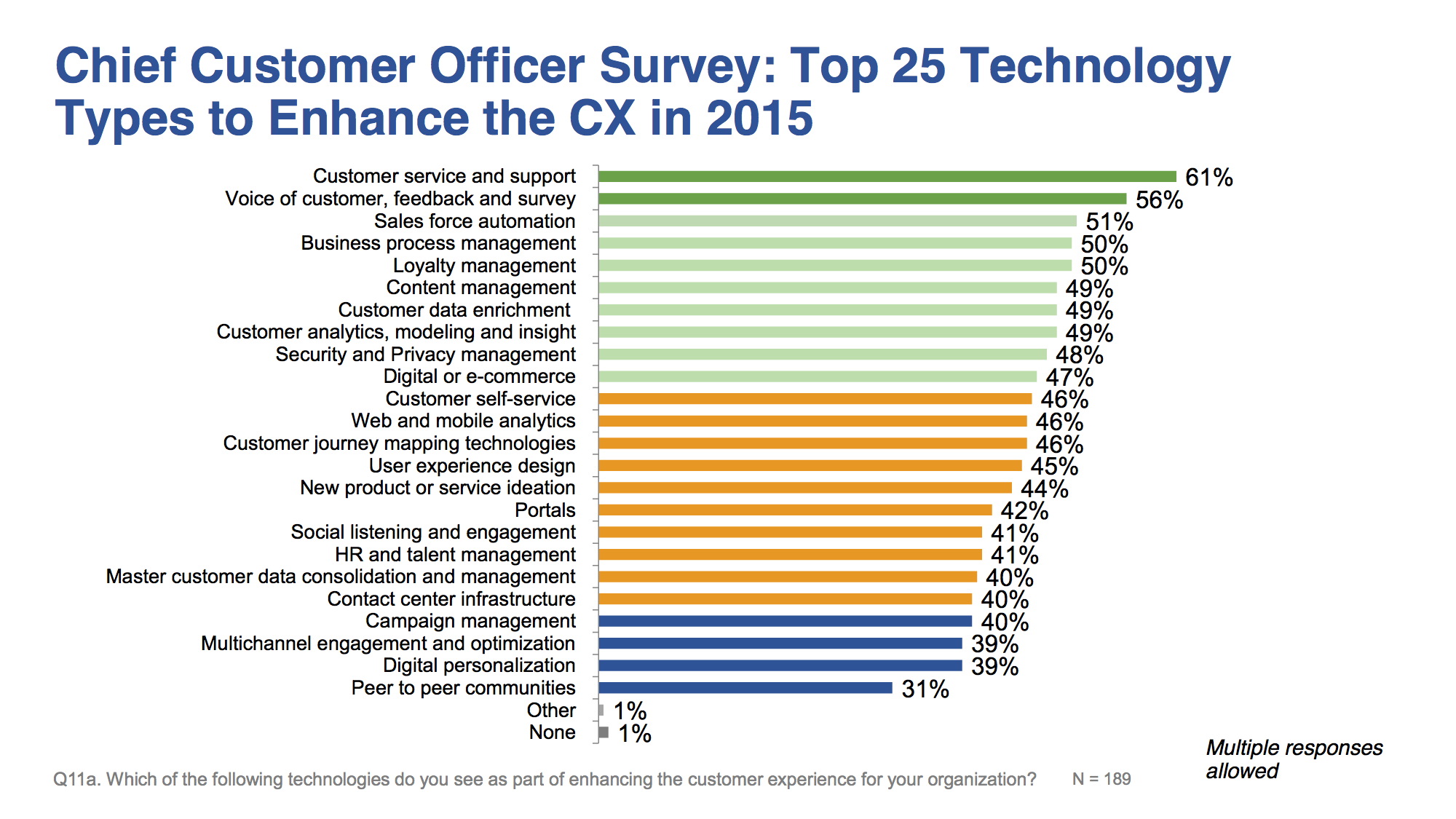Secrets to Customer Experience Success, Part 3: Sharing the Investment
This is the third in a four-part series exploring in more detail the ideas presented in Four Surprising Pitfalls in the Way of Great Customer Experience. Be sure to read Part 1: Process v. Project and Part 2: Prioritizing Tactics if you haven’t already.
Let’s take a look at the third pitfall now: failing to spread the investment into customer experience management (CXM or CEM) across the entire organization.
CX Is Everyone’s Responsibility
As we (and industry experts) have repeatedly asserted, for CXM to be effective, it absolutely must involve the entire organization. CX is an undeniable business imperative, and it’s everyone’s job -- not just marketing. That means companies need to work toward a level of CXM maturity that moves away from a centrally-driven CX model toward a federated model (such as that described by the Temkin Group) that spans the people, processes and technologies in all departments...and cost centers. If marketing departments have most of the budget for CX (which they generally do, according to Gartner), then vendors will naturally cater to the needs of marketing, leaving the areas of commerce and service lacking in comparison. And sure enough, that’s how digital experience (DX) platforms have been developing for the most part.

Spread the CX Investment across the Organization
However, despite this historic and continuing over-focus and over-investment in the marketing side of CX, C-level executives consistently say they see customer service as the CX priority (see figure from Gartner). Organizations clearly need to take more steps to balance out how they allocate CX resources across departments in order to serve customers more consistently throughout the customer journey.

To do so, prioritize CX investments based on what will benefit both the customers and the business most. Veto any project, technology or investment that solely benefits just one department. Simply put, if a solution doesn’t tie into the overall CX architecture, it’s a bad investment. Applications must share customer data across silos, share content across systems, provide insight and analysis across departments, synthesize data from every well, and allow you to look at your customers holistically -- not as single interactions at single touchpoints, but as ongoing relationships that cumulatively inform your business decisions and CX practices. That’s where you want to put your money.
Set a Timeline for Incremental Change and Results
In the course of developing your organization-wide CX strategy and plan, create a timeline for incremental change. Forrester analyst Ted Schadler predicts it will take most enterprises five years or more to implement an effective and integrated digital experience architecture. Most executives and boards won’t have the patience to wait five years to see results. So you need to show traction, credibility and positive outcomes along the way to keep your momentum going. Remember, it’s a process, not a project. Choose technology investments carefully with long-term integration into your larger CXM architecture in mind, and you’ll achieve both short- and long-term wins at every stage.
Looking forward to Secrets to CX Success, Part 4? Subscribe to our blog (click the big button, below) to get notifications when new posts come out.
Charts are copyright 2016 by Gartner, Inc. and included here under "fair use" for educational purposes.







